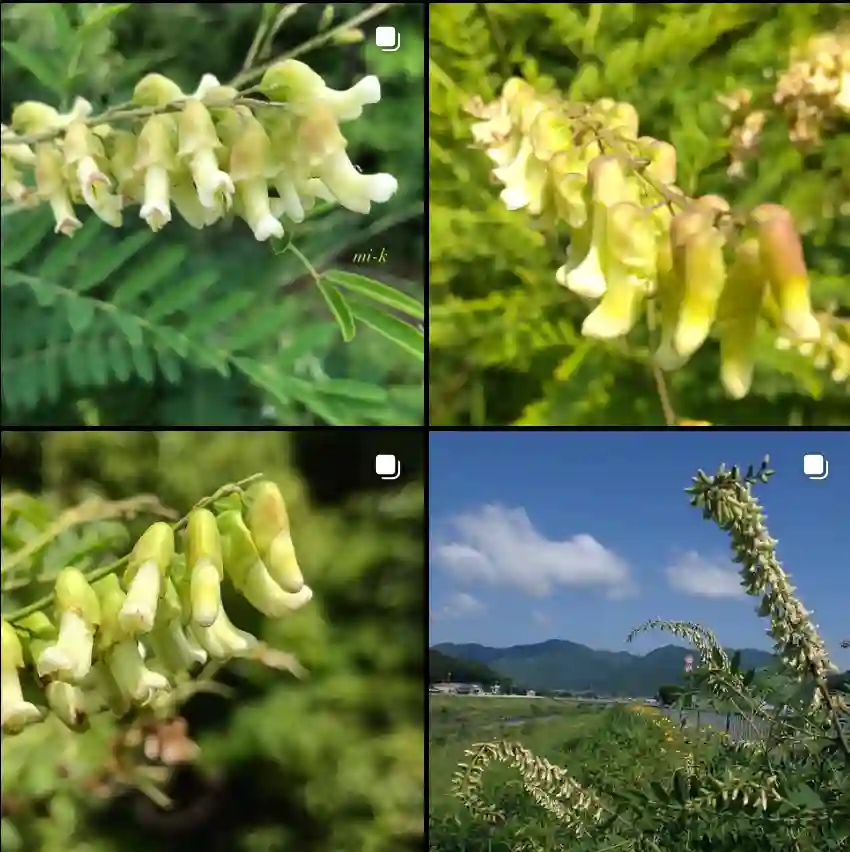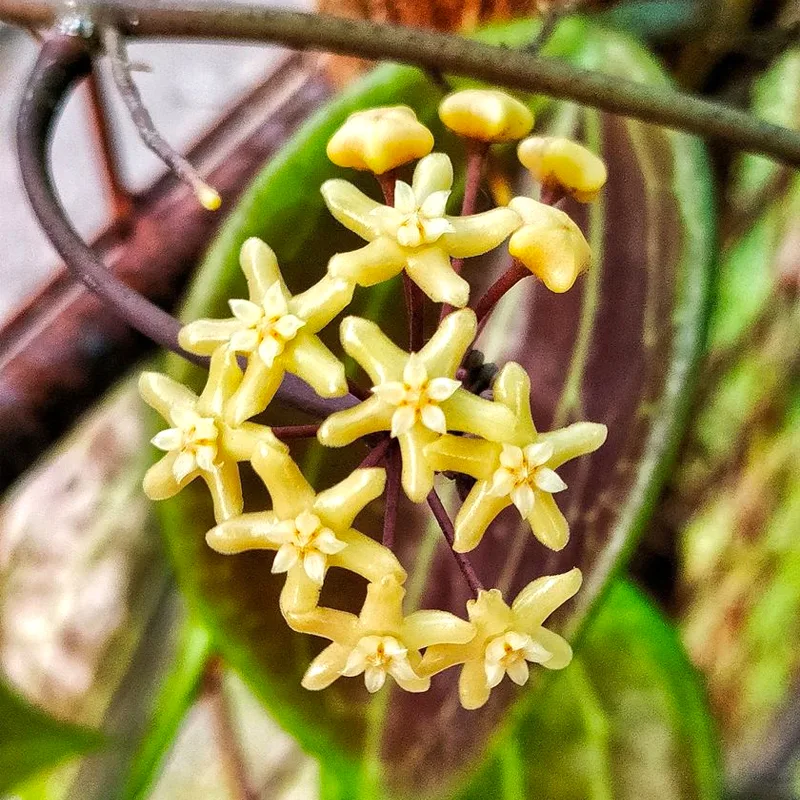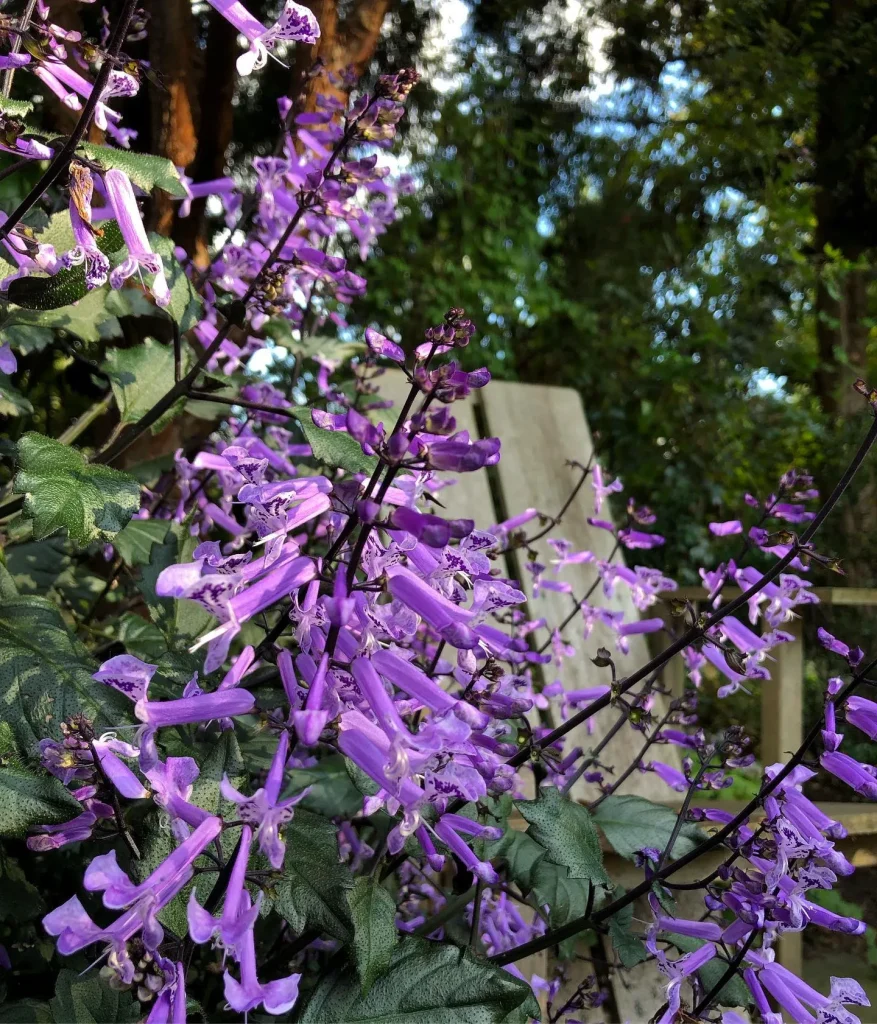The Cola Plant: More Than Just a Refreshing Drink
As Ferb Vu, I’ve always been fascinated by the natural world, especially the plants that provide us with so many essential resources. One genus that has particularly caught my attention is the Cola genus, a group of trees native to Africa’s tropical forests. Most people associate the name “cola” with the popular carbonated beverage, but the story of this plant goes far beyond the soda bottle.
The Cola genus belongs to the Malvaceae family, which also includes plants like cotton and hibiscus. These trees are known for their caffeine-containing fruits, often called kola nuts. These nuts have played a significant role in African cultures for centuries, used in social customs, religious ceremonies, and traditional medicine.
A Diverse Genus with Many Uses
The Cola genus is surprisingly diverse, with an estimated 134 species. Some of the most well-known include:
- Cola acuminata (P.Beauv.) Schott & Endl.
- Cola altissima Engl.
- Cola angustifolia K.Schum.
- Cola anomala K.Schum.
- Cola argentea Mast.
- Cola attiensis Aubrév. & Pellegr.
- Cola baldwinii Jongkind
- Cola ballayi Cornu ex Heckel
- Cola bilenguensis Pellegr.
- Cola bipindensis Engl.
- Cola bodardii Pellegr.
- Cola boxiana Brenan & Keay
- Cola brevipes K.Schum.
- Cola bruneelii De Wild.
- Cola buesgenii Engl.
- Cola buntingii Baker f.
- Cola cabindensis Exell
- Cola caricifolia (G.Don) K.Schum.
- Cola cauliflora Mast.
- Cola cecidiifolia Cheek
- Cola cheringoma Cheek
- Cola chlamydantha K.Schum.
- Cola chlorantha F.White
- Cola clavata Mast.
- Cola coccinea Engl. & K.Krause
- Cola congolana De Wild. & T.Durand
- Cola cordifolia (Cav.) R.Br.
- Cola crispiflora K.Schum.
- Cola digitata Mast.
- Cola discoglypremnophylla Brenan & A.P.D.Jones
- Cola diversifolia De Wild. & T.Durand
- Cola dorrii Cheek
- Cola duparquetiana Baill.
- Cola edeensis Engl. & K.Krause
- Cola elegans Pierre ex Breteler
- Cola etugei Cheek
- Cola fibrillosa Engl. & K.Krause
- Cola ficifolia Mast.
- Cola flaviflora Engl. & K.Krause
- Cola flavovelutina K.Schum.
- Cola gabonensis Mast.
- Cola gigantea A.Chev.
- Cola gigas Baker f.
- Cola gilgiana Engl.
- Cola gilletii De Wild.
- Cola glabra Brenan & Keay
- Cola glaucoviridis Pellegr.
- Cola greenwayi Brenan
- Cola griseiflora De Wild.
- Cola heterophylla (P.Beauv.) Schott & Endl.
- Cola hispida Brenan & Keay
- Cola hypochrysea K.Schum.
- Cola idoumensis Pellegr.
- Cola kimbozensis Cheek
- Cola kodminensis Cheek
- Cola lasiantha Engl. & K.Krause
- Cola lateritia K.Schum.
- Cola laurifolia Mast.
- Cola lepidota K.Schum.
- Cola letestui Pellegr.
- Cola letouzeyana Nkongmeneck
- Cola liberica Jongkind
- Cola lissachensis Pellegr.
- Cola lizae N.Hallé
- Cola lomensis Engl. & K.Krause
- Cola lorougnonis Aké Assi
- Cola louisii Germ.
- Cola lukei Cheek
- Cola macrantha K.Schum.
- Cola mahoundensis Pellegr.
- Cola mamboana Kenfack & Sainge
- Cola marsupium K.Schum.
- Cola mayimbensis Pellegr.
- Cola mayumbensis Exell
- Cola megalophylla Brenan & Keay
- Cola metallica Cheek
- Cola micrantha K.Schum.
- Cola microcarpa Brenan
- Cola millenii K.Schum.
- Cola minor Brenan
- Cola mixta A.Chev.
- Cola mossambicensis Wild
- Cola mosserayana Germ.
- Cola moussavoui Breteler
- Cola nana Engl. & K.Krause
- Cola natalensis Oliv.
- Cola ndongensis Engl. & K.Krause
- Cola nigerica Brenan & Keay
- Cola nitida (Vent.) Schott & Endl.
- Cola noldeae Exell & Mendonça
- Cola obtusa Engl. & K.Krause
- Cola octoloboides Brenan
- Cola pachycarpa K.Schum.
- Cola pallida A.Chev.
- Cola philipi-jonesii Brenan & Keay
- Cola pierlotii Germ.
- Cola porphyrantha Brenan
- Cola praeacuta Brenan & Keay
- Cola pseudoclavata Cheek
- Cola pulcherrima Engl.
- Cola quentinii Cheek
- Cola quintasii Engl.
- Cola reticulata A.Chev.
- Cola rhynchophylla K.Schum.
- Cola ricinifolia Engl. & K.Krause
- Cola rondoensis Cheek
- Cola rostrata K.Schum.
- Cola ruawaensis Cheek
- Cola rubra A.Chev.
- Cola scheffleri K.Schum.
- Cola sciaphila Louis ex Germ.
- Cola selengana Germ.
- Cola semecarpophylla K.Schum.
- Cola simiarum Sprague ex Brenan & Keay
- Cola sphaerocarpa A.Chev.
- Cola sphaerosperma Heckel
- Cola stelechantha Brenan
- Cola stigmatosa Breteler
- Cola subglaucescens Engl.
- Cola suboppositifolia Cheek
- Cola sulcata Engl.
- Cola supfiana Busse
- Cola tessmannii Engl. & K.Krause
- Cola triloba (R.Br.) K.Schum.
- Cola tsandensis Pellegr.
- Cola uloloma Brenan
- Cola umbratilis Brenan & Keay
- Cola urceolata K.Schum.
- Cola usambarensis Engl.
- Cola vandersmisseniana Germ.
- Cola verticillata (Thonn.) Stapf ex A.Chev.
- Cola welwitschii Exell & Mendonça ex R.Germ.
- Cola winkleri Engl.
- Cola zemagoana Kenfack & D.W.Thomas
While the caffeine content of kola nuts is what brought them into the global spotlight, these nuts have a much richer history in Africa. Traditionally, they have been used for various purposes, including:
- Stimulant: The caffeine in kola nuts acts as a stimulant, helping to combat fatigue and improve alertness.
- Medicine: Kola nuts have been used in traditional medicine to treat ailments such as asthma, fatigue, and headaches.
- Social and cultural practices: Kola nuts are often used in social gatherings and ceremonies as a symbol of hospitality and goodwill.
The Journey from Forest to Factory
The journey of the kola nut from the African forests to the global market is a fascinating one. European explorers first encountered kola nuts in the 16th century. By the 19th century, kola nuts were being shipped to Europe and the United States, where they were used to flavor beverages and medicines.
The creation of Coca-Cola in 1886 marked a turning point for the kola nut. The original formula for this iconic beverage included kola nut extract, which provided its characteristic caffeine kick. While the exact formula for Coca-Cola remains a closely guarded secret, it is believed that kola nut extract is still used in the drink today, albeit in smaller quantities.
The Future of Cola
The Cola genus faces challenges, including deforestation and climate change. However, there is also growing interest in the potential of these plants. Researchers are exploring the medicinal properties of kola nuts, and there is increasing demand for sustainably sourced kola products.
As someone passionate about the environment and sustainable practices, I believe it’s crucial to support efforts to conserve the Cola genus and promote its responsible use. By understanding the rich history and diverse applications of these plants, we can appreciate their value beyond their role in the beverage industry and ensure their continued contribution to both culture and health.
If i die, water my plants!



